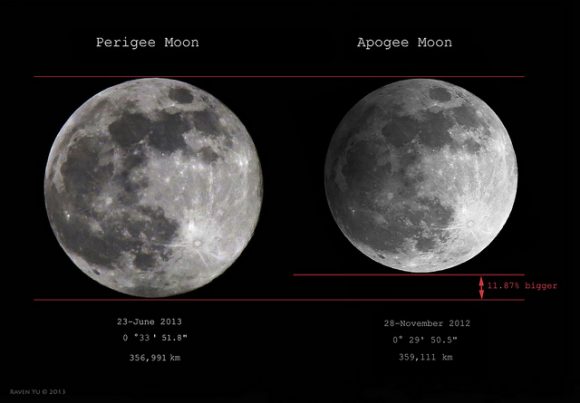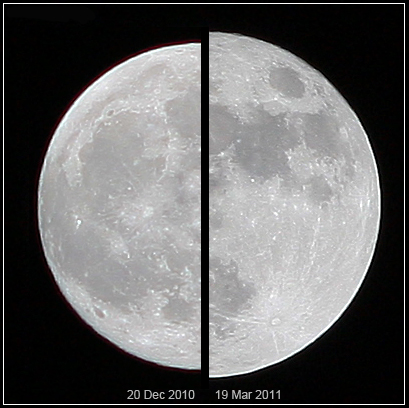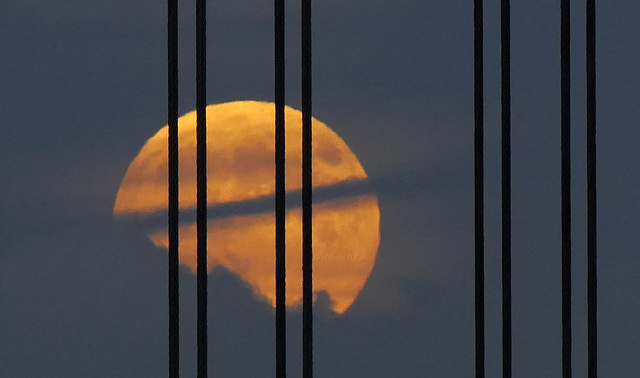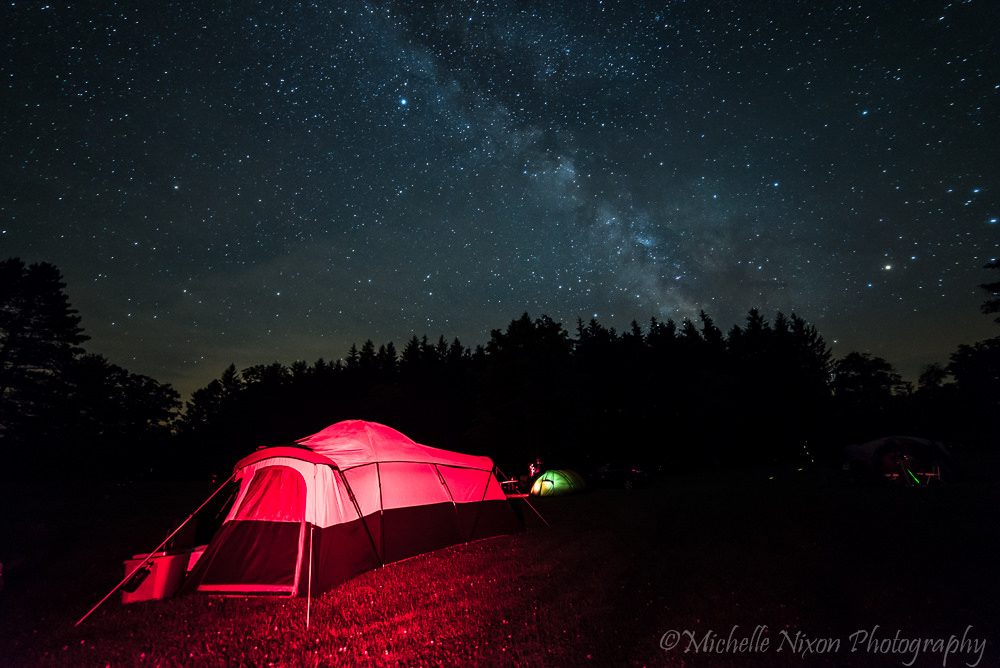What’s that, rising in the sky?
By now, you’ve heard the news. We’ll spare you the “it’s a bird, it’s a plane…” routine to usher in the Supermoon 2016. This month’s Full Moon is not only the closest for the year, but the nearest Full Moon for a 80 year plus span.
Like Blue and Black Moons, a Supermoon is more of a cultural phenomenon than a true astronomical event. The Moon’s orbit is elliptical, taking it from 362,600 to 405,400 km from the Earth in the course of its 27.55 day anomalistic orbit from one perigee to the next. For the purposes of this week’s discussion, we consider a Supermoon as when the Full Moon occurs within 24 hours of perigee, and a Minimoon as when the Full Moon occurs within 24 hours of apogee. From the Earth, the Moon varies in apparent size from 29.3” to 34.1” across. This month, the Moon reaches perigee on November 14th at 356,511 kilometers distant, 2 hours and 22 minutes before Full.

This is the closest perigee Moon for 2016, beating out the April 7th, 2016 perigee Moon by just 652 kilometers. Perigee can vary over a span of 2,800 kilometers. In the 21st century, the farthest lunar perigee (think the ‘most distant near point’) occurs on January 3rd, 2100 at 370,356 kilometers distant, while the closest perigee of the century (356,425 kilometers) occurs on December 6th , 2052.
When the Moon reaches Full on November 14th at 13:51 UT, it’s just 356,520 kilometers distant, (that is , as measured from the Earth’s center) the closest Full Moon since January 26th, 1948 (356,490 km) and until November 25th , 2034 (356,446 km) losing out to either dates by just 21 kilometers.
Why does perigee vary? Well, as the Moon orbits the Earth, the Sun tugs our large natural satellite’s orbit around as well, in an 8.85 year cycle known as the precession of the line of apsides. Earth’s orbit is elliptical as well, and the tugging of the Sun (and to a much lesser degree, the other planets in the solar system) alters the perigee and apogee points slightly based on where the Earth-Moon pair fall in their swing about a common barycenter.
The November Full Moon is also known as the Full Beaver Moon by the Algonquin Native Americans, a good time to ensure a supply of winter furs before the swamps froze over. A good sign that even in 2016, ‘Winter is Coming.’
Does the Moon look any larger to you than usual as it rises to the east opposite to the setting Sun on Monday night? When the Moon reaches Full, it passes the zenith as seen from the central Indian Ocean region just south of Sri Lanka, 354,416 km distant. Of course, as the Moon rises, it’s actually one full Earth radii more distant than when straight overhead at the zenith.

Would you notice any difference in the size of the November Full Moon, if you didn’t know better? The 4′ odd difference between an apogee and perigee Full Moon is certainly discernible in side-by-side images… but it’s interesting to note that early cultures did not uncover the elliptical nature of the Moon’s motion, though it certainly would have been possible. Crystalline spheres ruled the day, a sort of perfection that was just tough to break in the minds of many.
Be sure to enjoy the rising Full Moon on Monday night, the largest for many years to come.


